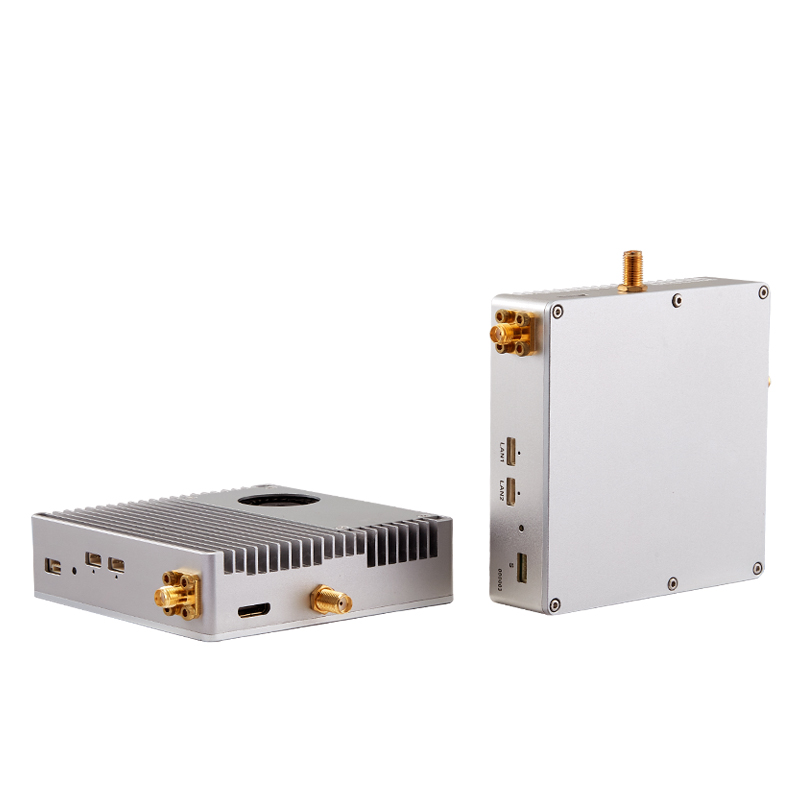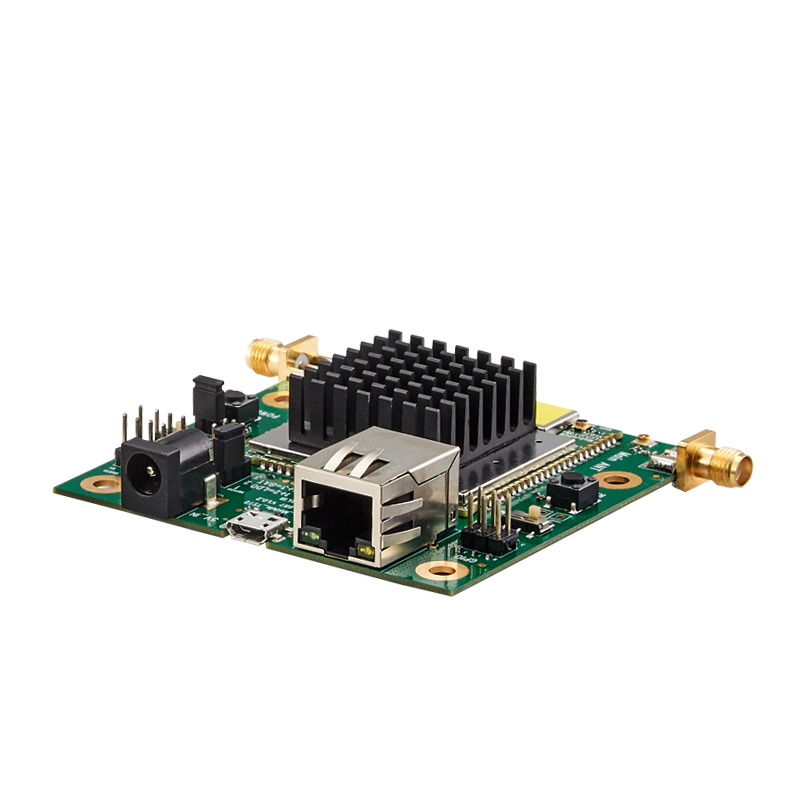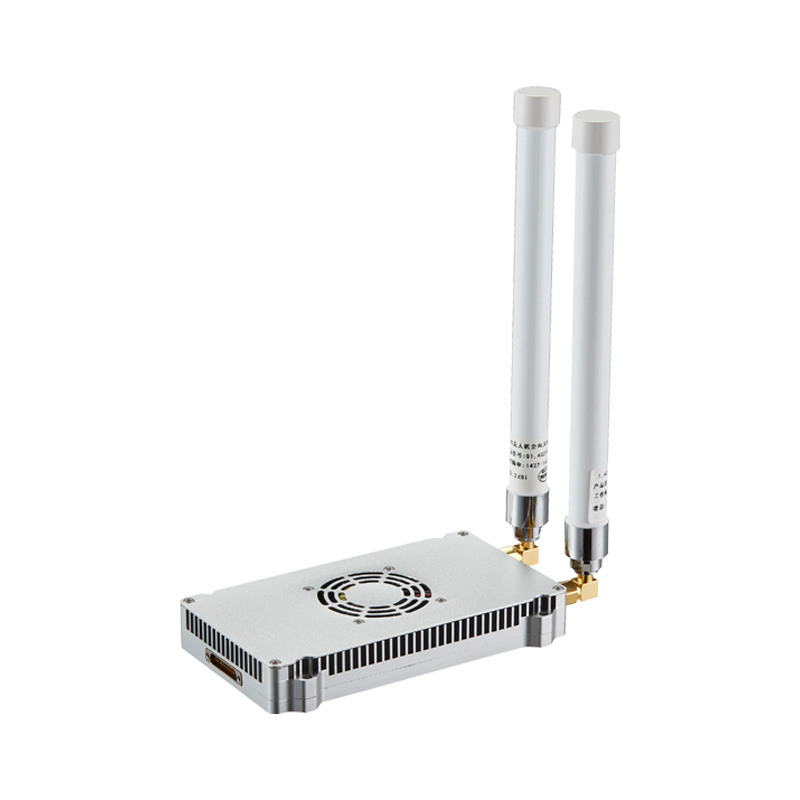People often ask, what are the characteristics of wireless high-definition video transmitter and receiver? What is the resolution of the video streaming wirelessly transmitted? How long distance can drone camera transmitter and receiver reach? What's the delay from UAV video transmitter to receiver?
The concept of "drone HD video transmission" has been popular for a few years, and DJI deserves a lot of credit for how quickly the concept has spread. Wireless video transmission link is becoming hot with the UAV. DJI makes the UAV and drones popular in people’s live and different industry.
Wireless drone transmitter and receiver working process as below:

Camera on board connects with digital video sender--- video sender wirelessly sends video feed to video receiver-- receiver connects with GCS---GCS show the video stream to people on ground.
Drone HD video transmitter and receiver has 3 important characteristics:
● HD
●Zero latency
●Long distance
These three features are what drone users are most concerned about and also what they often misunderstand. In this article we will explain these 3 points.
High Definition
The "high definition" in drone high-definition video transmission is actually a little different from the concept of HD TV. Definition standards of TV are: high definition (720P), full HD (1080P), ultra High definition (4K). These HD standard are characterized by resolution. In this way, there is less attention paid to the concept of "video streaming rate."
Based on the same full HD video, if the stream rate is different, the video sharpness will be different. If the stream rate is the same. However, using different video compression methods, the video quality will be vary.
The compression mentioned above is the way to compress video. H.264 and H.265 are the common ways for compressing video. However h.265 is a more advanced technology than H.264.
Why do videos need to be compressed? Let me show you a equation: One second of data for 1080P60 video is 1920*1080*32*60=3,981,312,000 bits, which is about 4Gb/s. Even using fiber optics to transmit such a large amount of data takes some time. Not to mention using a limited bandwidth wireless transmission link to transmit such a large video stream. So international organizations have agreed on a standard and method that compresses video for transmission and decompresses after receiving it.
The compression efficiency of H.265 is twice that of H.264. Video compressed by H.265 is lower bit rate than compressed by H.264. Therefore, the "HD" in the hd video transmission of drones, a more reasonable understanding should be high quality video.
Same resolution and same compression encoding method, the higher the bit rate, the better the video quality.
Same resolution and same bit rate, the compression coding method H.265 has better image quality than H.264.
In order to be able to send more clearer video streams for users, all WIAVE drone wireless links adopt H.264+H.265 algorithms and built-in encoders and decoders inside transmitter and receiver.
Latency
"Zero latency" is a concept that has been hyped by many manufacturers.
"Zero delay" is actually a relative concept. The visual retention time of the human eye is 100~400ms. Therefore, "zero delay" is the goal that all real-time communication systems pursue but cannot achieve. And in the actual use process, the delay observed by the human eye also comes from the delay of the camera and GCS display. The delay of wireless transmission is only part of it.
IWAVE drone digital downlink latency is about 20-80ms from transmitter on board and receiver on ground.
Long Distance
Long range is easy to understand, it is a comprehensive RF problem. At present, many products generally add a "LOS" when marking the communication distance (LOS refers to the distance measured in the open air without interference).
IWAVE R&D team focuse on different range video and telemetry data communication link for drone, UGV, UAV and USV.
Post time: Jul-31-2023











